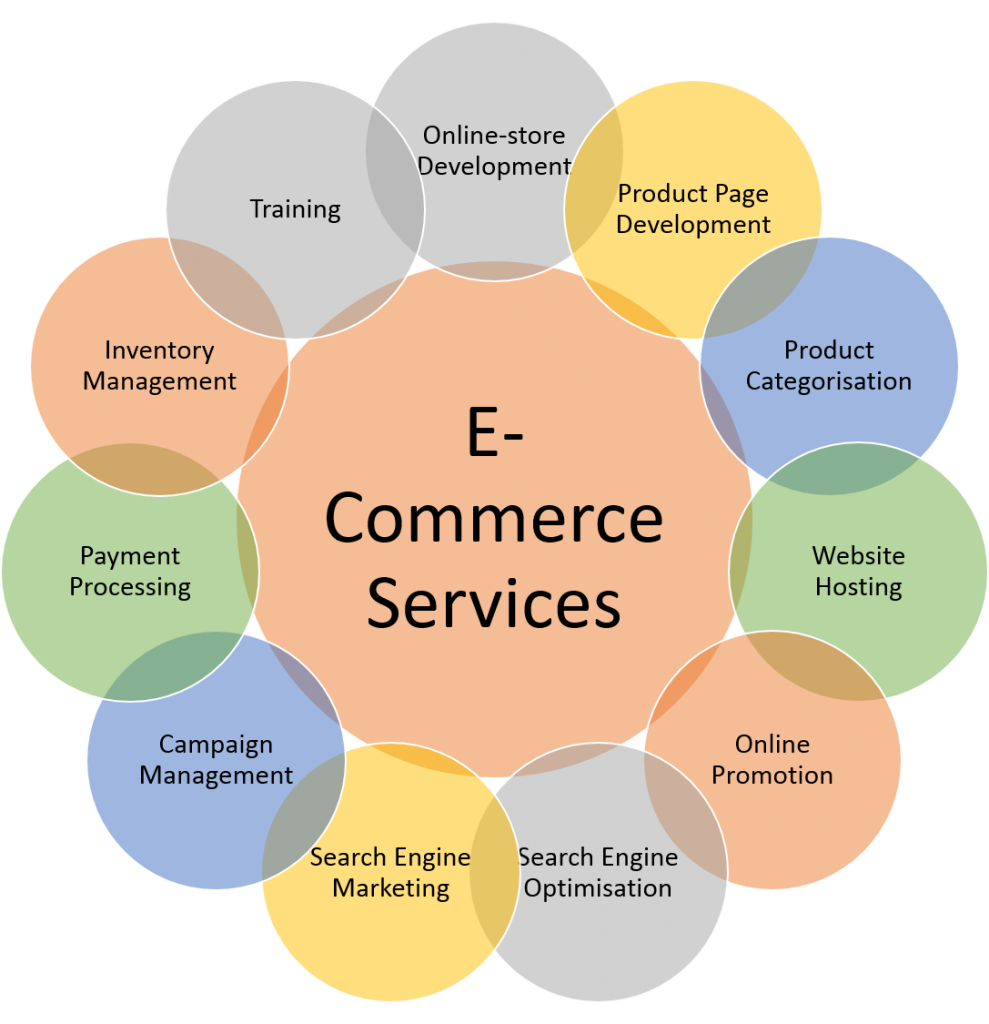AppliMarkets: Your Go-To Resource for App Insights
Explore the latest trends, reviews, and tips in mobile applications.
E-commerce Development: The Secret Sauce for Online Success
Unlock the secrets to skyrocketing your online sales with our ultimate guide to e-commerce development! Discover what truly drives success!
Top 5 Essential Features for a Successful E-commerce Website
Creating a successful e-commerce website involves various components, but some features are absolutely essential for any online store to thrive. First and foremost, user-friendly navigation is crucial; a well-structured menu helps visitors find what they need quickly, reducing bounce rates. Additionally, mobile optimization is no longer optional, given that over half of all e-commerce traffic comes from mobile devices. For more on this trend, check out Statista. Finally, implementing a secure payment gateway is essential to build trust and protect customer data.
Moreover, an effective product display can greatly influence purchasing decisions. High-quality images paired with detailed descriptions can enhance the overall shopping experience, prompting customers to make purchases. According to Shopify, a well-designed product page can increase conversions significantly. Also, successful e-commerce sites must integrate customer reviews and ratings, as they provide social proof that can help sway potential buyers. Altogether, these features create a compelling online shopping environment that caters to customer needs.

How to Choose the Right E-commerce Platform for Your Business
Choosing the right e-commerce platform is crucial for the success of your online business. Start by evaluating your business needs and goals. Consider factors such as the size of your inventory, the volume of sales you expect, and your technical expertise. It's essential to select a platform that can scale as your business grows. Popular choices include Shopify, BigCommerce, and WooCommerce. Each of these platforms offers unique features that cater to different types of businesses.
Another critical aspect to consider when choosing an e-commerce platform is the cost associated with it. Analyze the pricing structures, including subscription fees, transaction fees, and additional costs for apps or plugins that you might need. A good practice is to create a comparison chart to visually assess the pros and cons of each option. Additionally, check for responsive customer support, payment gateway integrations, and user-friendly design options. Resources like Forbes can provide valuable insights to help guide your decision.
What Makes E-commerce Development Unique: Key Factors for Success
E-commerce development is unique in its ability to cater to the rapidly changing consumer behaviors and technological advancements. One of the key factors for success in this domain is user experience. An intuitive and responsive design not only enhances customer satisfaction but also boosts conversion rates. According to a study by Forbes, businesses that invest in user-centered design see a significant increase in their overall sales. Additionally, ensuring seamless navigation and optimized mobile performance is crucial, as more consumers turn to their smartphones for shopping.
Another distinctive aspect of e-commerce development is the importance of digital marketing strategies. Effective SEO (Search Engine Optimization) practices are essential for improving online visibility and driving traffic to the e-commerce site. Furthermore, leveraging data analytics helps businesses understand customer preferences and personalize shopping experiences. As noted in a report by Shopify, targeted marketing efforts can result in a conversion rate increase of up to 30%. Overall, successful e-commerce development requires a holistic approach that combines technology, marketing, and customer engagement.